As the buyer of a pre-constructed property, you might be worried about whether you’ve missed out on some crucial details. Of course, nobody wants to invest their hard-earned savings into a home, only to be paying more for structural repairs within the same year. So, how can you ensure that the pre-built home you’re buying is worth the amount you are paying? A simple way to measure your investment against the property is to use the home inspection checklist, carefully customised by us to help buyers identify the major construction flaws and shortcomings that might be hiding in plain sight.
The DIY Home Inspection Checklist
If you’re buying a home in Pakistan, you’ll need to inspect the house on your own before you sign the dotted line. Here are some things to pay particular attention to during the process:
- Rotting wood
- Stained walls
- Roof damage
- Leaking pipes
- Exposed electrical wiring
- Clogged gutters
- Foundation damage
- Damaged fixtures and fittings
- Poor yard upkeep
- Improper or incomplete property documents
Taking a house inspection easy is one of the most common mistakes first-time buyers make, and many seasoned investors often trust what their eyes see at first glance. Don’t fall for it! Make sure your money is going into the right property as we explain our home inspection checklist for buyers in detail below.
1. Rotting Wood
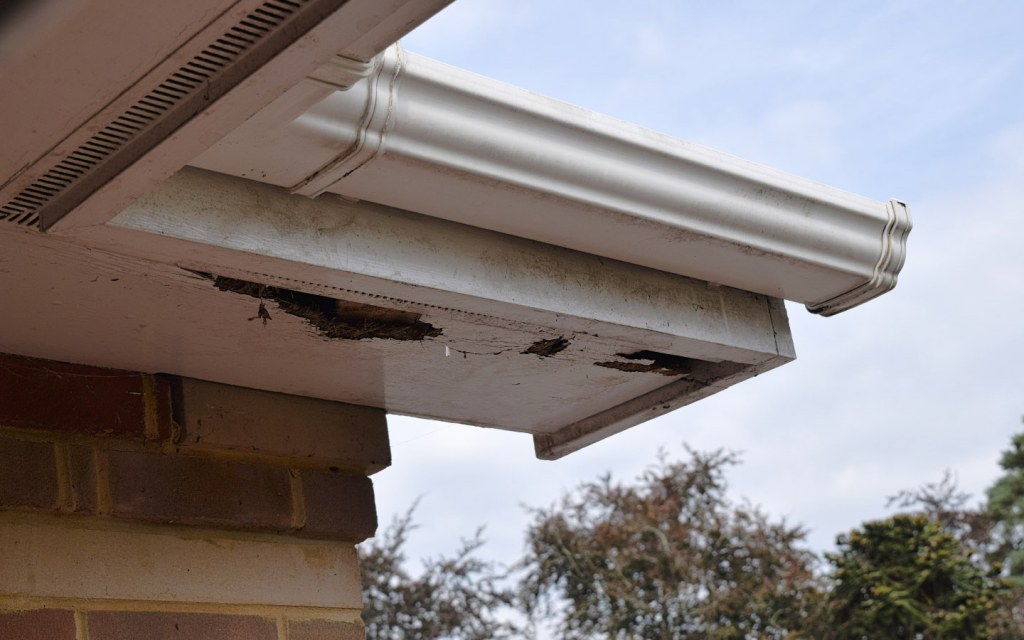
Wood damage results due to excess moisture or a pest infestation. The signs can generally be detected in wooden beams on the top floor of a house or in the exterior construction, where rotten wood, powdered wood, softwood, or splintering wood are telltale signs of future issues and poor construction.
2. Stained Walls
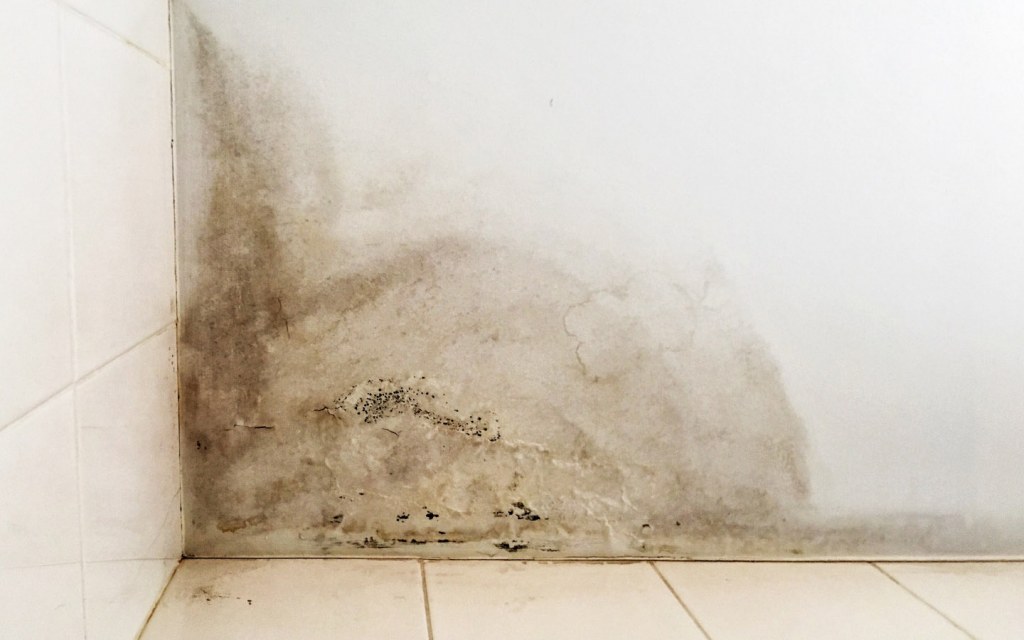
Mould results due to moisture seeping through the walls and stains can vary from brown to black. Chipped or easily peelable paint also hints at moisture issues and use of poor quality construction materials, while cracks in the wall paint can be a sign of structural damage. Pay special attention to these and similar issues while inspecting a house so you can determine the associated repair costs with ease.
3. Roof Damage
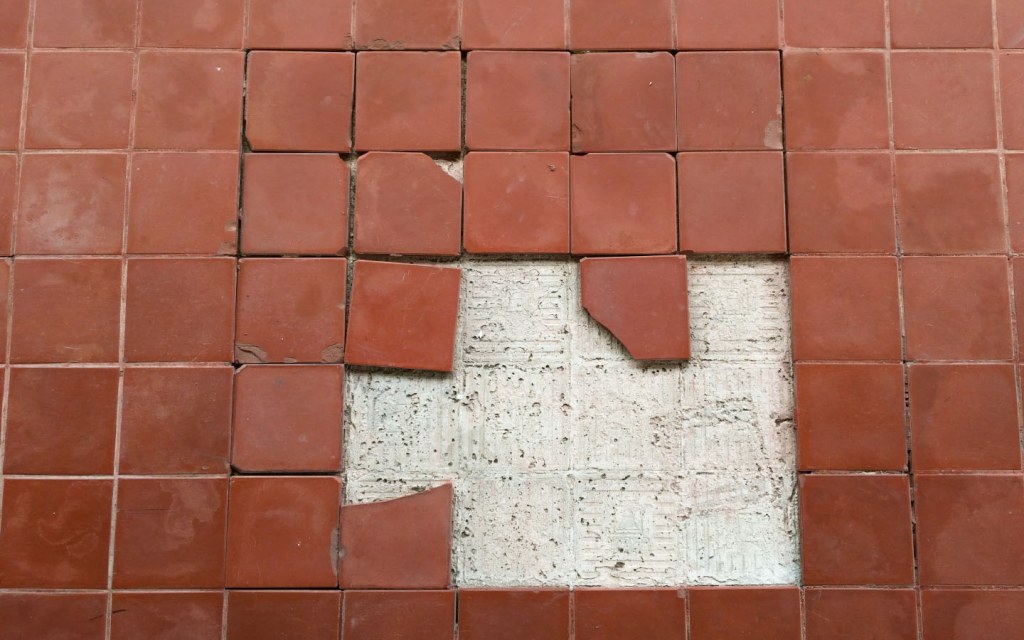
Flat roofs collect water, and improper drainage leads to seepage as well as wear and tear. So, make every effort to examine the roof in detail and see if there are any signs of water stains as a result of standing water. For sloped roofs, missing roof tiles and shingles translate into a need for roof repair. There are several other small signs that point towards the need for roof repair, and you can catch most of them early on. Remember, intelligent investment decisions involve no assumptions.
4. Leaking Pipes
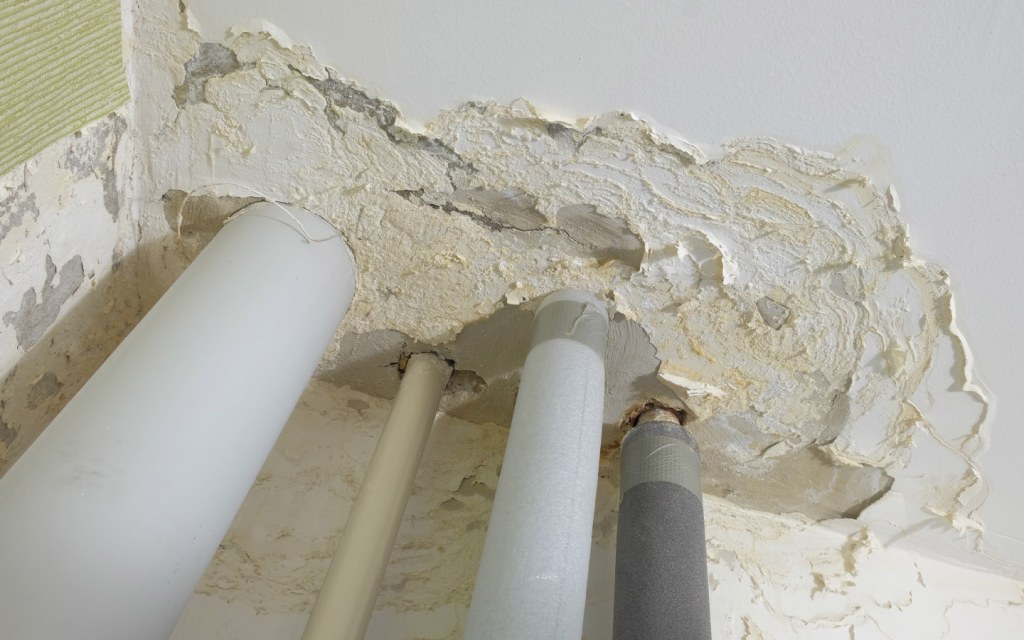
Inspecting the plumbing comes next on our home inspection checklist for buyers. As someone interested in living in the property, it is recommended that you turn on the taps, check for not just the water flow but also the drainage of water. Meanwhile, damp walls can signify water leaking from concealed plumbing and pipelines. However, only a professional will be able to inspect the plumbing for you thoroughly and satisfactorily.
5. Exposed Electrical Wiring
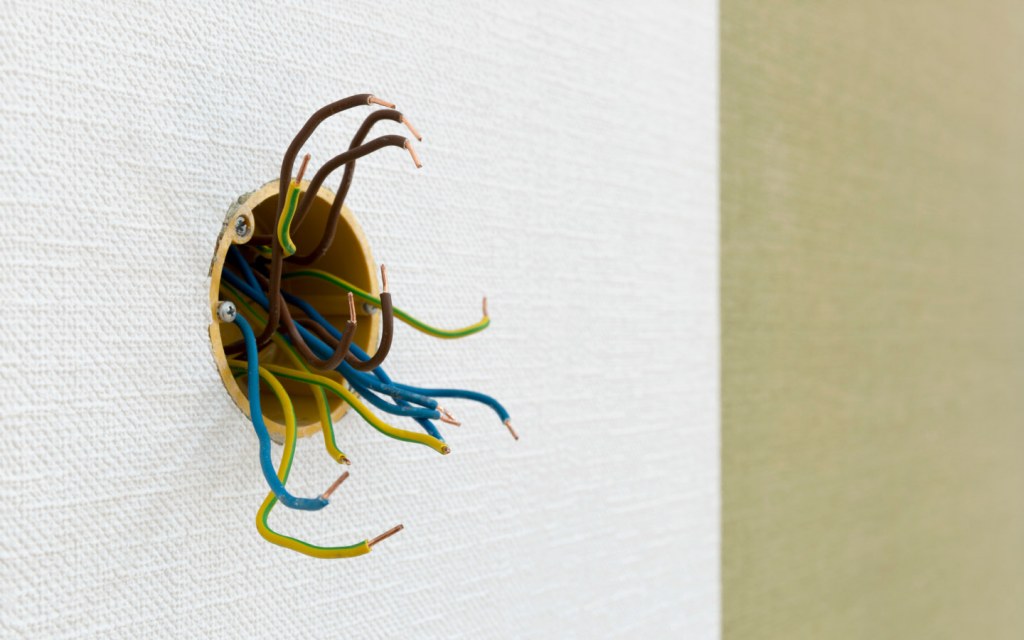
Keep your eyes open when you visit the property. Noting anomalies, like exposed electrical wiring, is also part of a thorough DIY house inspection. Aside from exposed wiring, fused bulbs or flickering lights can mean a voltage issue in the area or a problem with the electrical wiring of the house itself, both of which need to be reconfirmed with the relevant authorities before you make your investment.
6. Clogged Gutters
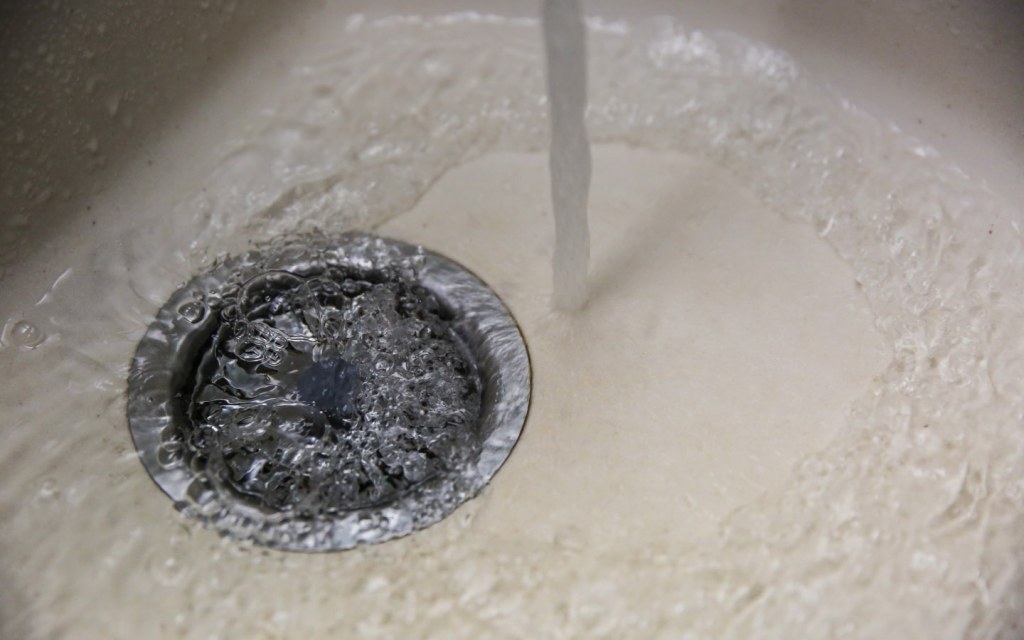
If the street outside the house has a clogged sewerage system, standing water, or an overflowing gutter, you should take that as a clear warning sign that there are high chances that the drain of your house will also overflow or backflow into the house unless the issue is resolved. Slow drainage when you run a tap can also mean a clogged drain while clogged pipes can also result in slower water flow.
7. Foundation Damage
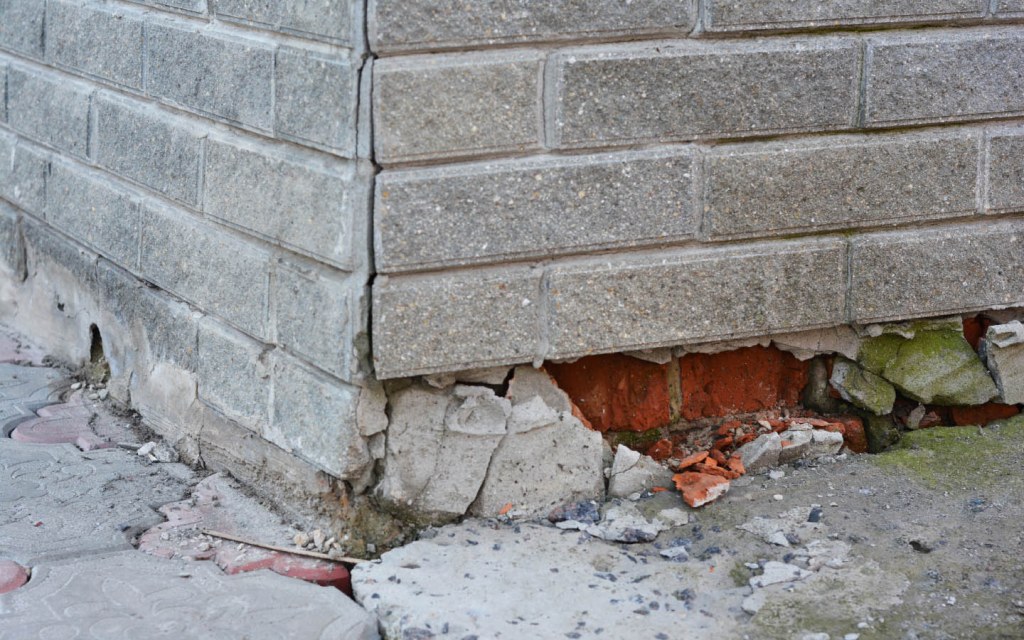
Cracks on the walls, damp walls near the ground, sagging wooden beams in a basement, and creaking or sagging floorboards can be signs of weak foundations. Get an architect involved if you fear that the structure is weak because poor foundations lead to costly repairs down the road.
8. Damaged Fixtures and Fittings
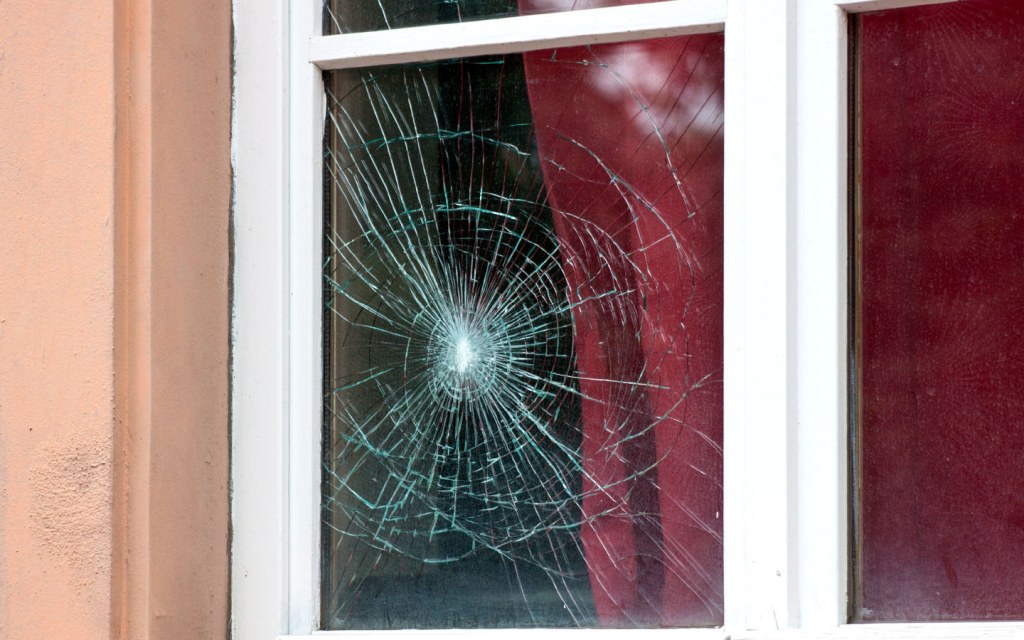
If the pre-built home you’re buying comes with all the fixtures and fittings installed, then you should check the working condition of all the appliances and light fixtures. Also, check for broken or cracked windows hidden behind curtains, and open and close all the built-in cabinets in the kitchen to ensure that they close properly and are in a well-oiled condition. While some repairs might be easy to perform after you’ve bought the property, it’s always best to know what you’re getting in exchange for the money you’re investing.
9. Poor Yard Upkeep
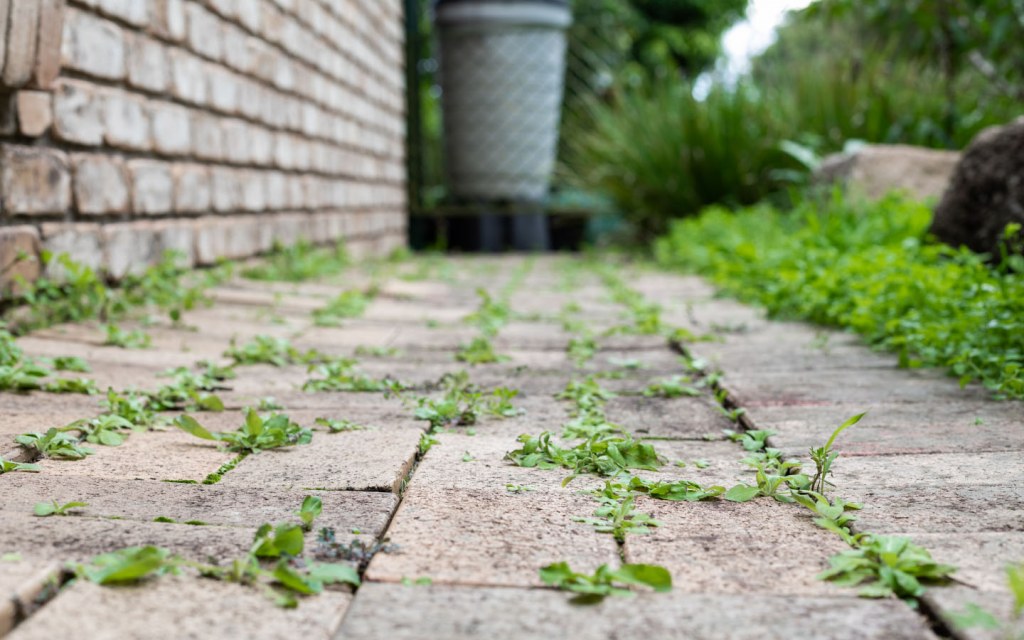
When you’re buying a home in Pakistan in one of the older localities, there might not be much of a garden or a yard to take care of. But many of the new housing developments not only offer beautifully landscaped public spaces but private backyards or gardens as well that are the owner’s responsibility.
Opt for such property only if you’re keen on gardening or can hire a professional for the upkeep. Even when that’s the case, check the condition of the yard during the house inspection and determine whether it is well maintained in its current state. Remember, it becomes your responsibility once you buy a home, so sign the agreement after making sure that you can handle the challenge of beautifying an overgrown yard.
10. Improper or Incomplete Property Documents
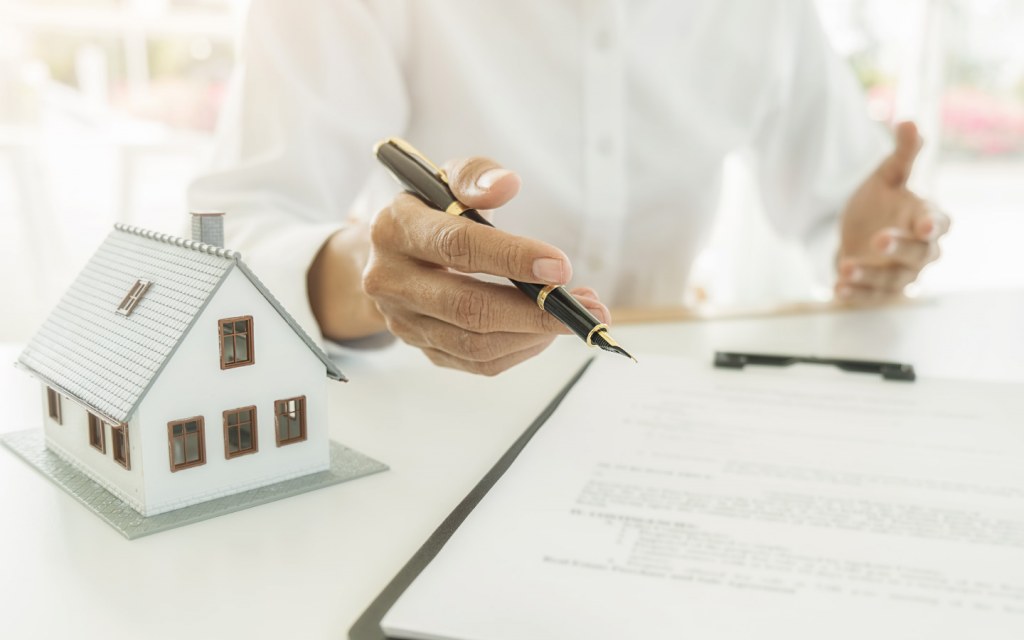
Well, this is one part of the home inspection checklist for buyers that should not be overlooked under any circumstances. You might need to take the help of a legal expert to verify the documents, but it is recommended that you check all the details at your end, determine the terms and conditions of the sale, and do your homework before seeking help from a professional.
While almost all or most of these issues can be avoided by investing in a housing development with strict building codes, like those imposed by DHA and Bahria Town, it is always best to run your potential investment option through a stringent quality check so you can make your investment with better peace of mind. It is also recommended that you opt for fumigation services prior to moving in, especially if you are purchasing an older construction.
There are also a number of things you should inspect before you sign a rental agreement if you’ve decided to rent a property instead.
Email us your queries at blog@zameen.com and keep reading Zameen Blog for more advice on how to select the right property for investment or residence in Pakistan.



